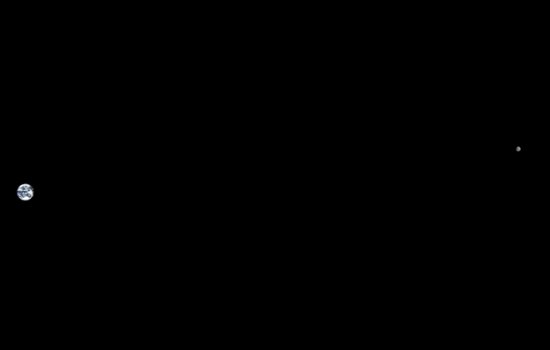Wow and here's me thinking I was going to get flamed for being a space geek, I love it! :conehead:
Thanks for the thread pickledegg.
I posted this last year, you can skip my mumble mumble, but at least check out the videos!
http://www.wickedfire.com/shooting-shit/54087-universe-you.html










